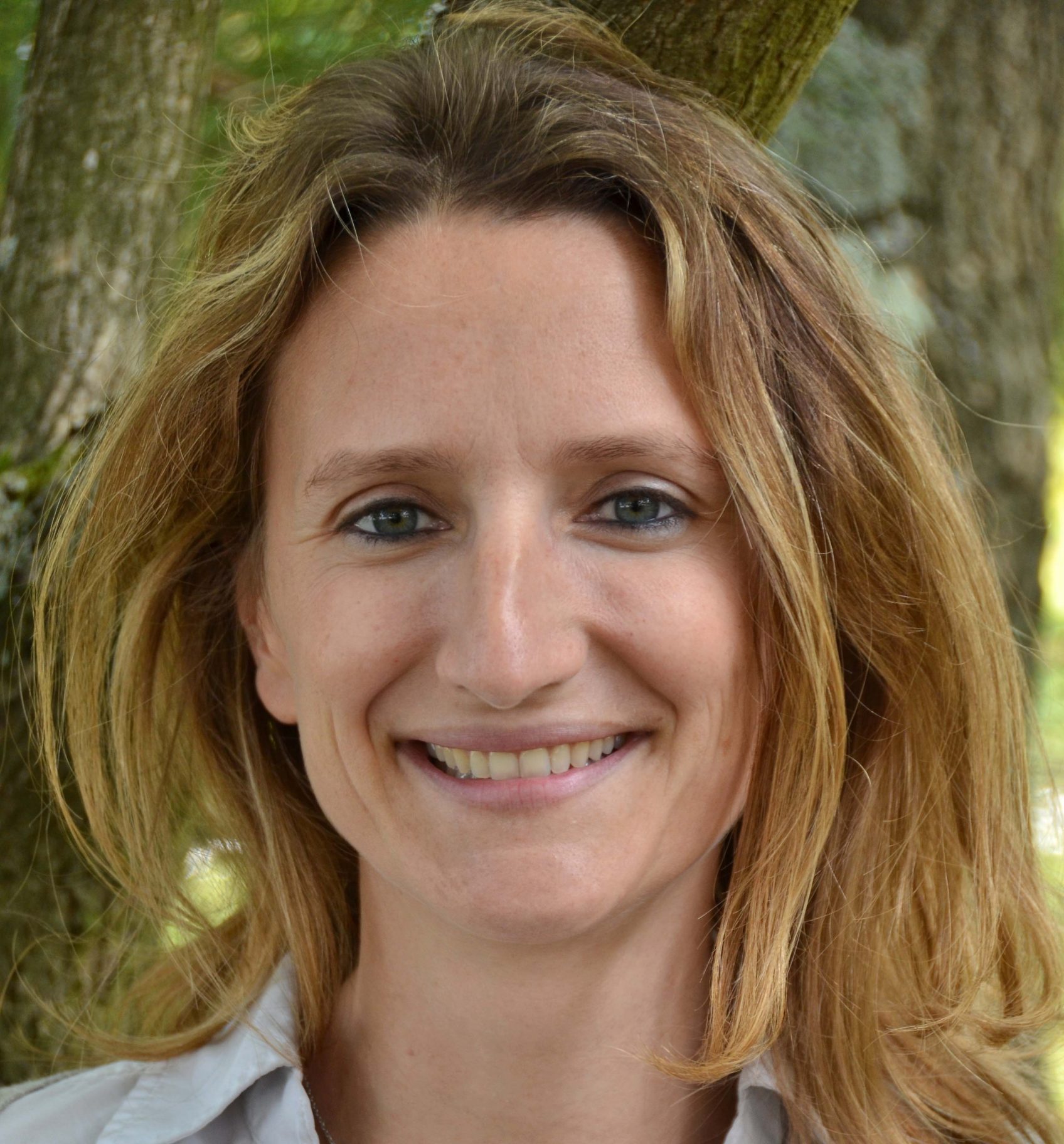Clouds and climate
Few geophysical phenomena are as spectacular as tropical cyclones. Their eye, devoid of deep clouds, is surrounded by a sharp cloudy eyewall with rotating winds among the strongest on our planet.
Tropical cyclones have strong societal impacts, causing catastrophic damage when they hit land. They have strong climatic impacts, transferring some of the excess of energy received by tropical oceans during summer to the atmosphere. Although the prediction of tropical cyclone tracks has improved in the past thirty years, predicting their genesis and their intensification remains a major scientific challenge.
Tropical cyclones are probably the most famous form of organized convection (convection refers to overturning of air within which clouds are embedded). But there are other types of spatially organized convection, in fact organized convection is ubiquitous in the tropics. But it is still poorly understood, despite its strong societal and climatic impact. It is associated with extreme weather, and with dramatic changes of the large scales, including drying of the atmosphere and increased outgoing longwave radiation to space. The latter can have important consequences on tropical energetics, and hence on global climate.
When scientists study clouds, they very often focus on the properties within clouds. But in the past decade, it was realized that the clear sky regions between clouds were actually extremely important for the spatial organization of clouds. Indeed, the circulation in clear sky regions can strengthen the influx of moisture and air into nearby clouds, thus reinforcing the clouds and their clustering. The physical process at the origin of this circulation is atmospheric radiation. The atmosphere loses energy in the form of radiation, on average at a rate of about -2 K per day in the tropics. The precise amplitude of this radiative cooling varies in space and depends on local thermodynamic properties (temperature, humidity…). Notably, if the clear sky air between clouds is dry enough, the radiative cooling is enhanced, leading to more organization of clouds. This link between radiation and clouds is one of the topic targeted by the European (ERC) project CLUSTER.
During the EUREC4A observational field campaign (https://eurec4a.eu/), numerous measurements were made near the island of Barbadoes, notably from ships and aircrafts, to observe properties both within clouds and in nearby clear sky regions. Such measurements are invaluable to clarify the physical processes leading to cloud organization patterns, and how these relate to atmospheric radiative cooling.
Measurements by satellites are also crucial to address such research questions. The HARMONY satellite mission, which was recently selected by ESA as the tenth Earth Explorer mission, will provide fine-resolution measurements, notably at the ocean surface. For HARMONY, the next step now involves fine-tuning the mission design and the subsequent build, with a view to launching the satellites in 2029. Among the scientific goals of the mission, HARMONY will target specific processes within clouds and between clouds, with measurements at high, kilometric resolution. These measurements will be used to quantify the processes that govern the exchange of momentum, heat and moisture between the ocean surface and the air above. These exchanges influence processes in the lower atmosphere, drive weather and cloud patterns, and affect our climate.

Kurzportrait
Caroline Muller is an Assistant Professor at the Institute of Science and Technology Austria (ISTA). She holds a Ph.D. from the Courant Institute of Mathematical Sciences at NYU. After her Ph.D., she worked as a postdoctoral associate at MIT and an associate research scholar at Princeton University, before joining the CNRS. She was the director of the Summer School on Fluid Dynamics of Sustainability and the Environment, co-organized by Ecole Polytechnique France and the University of Cambridge UK (fdse.org). She was also a lecturer in the geoscience department of the Ecole Normale Superieure, Paris.
Professor Muller’s research interests lie in the fields of geophysical fluid dynamics and climate science. She is particularly interested in internal waves in the ocean and cloud processes in the atmosphere.
